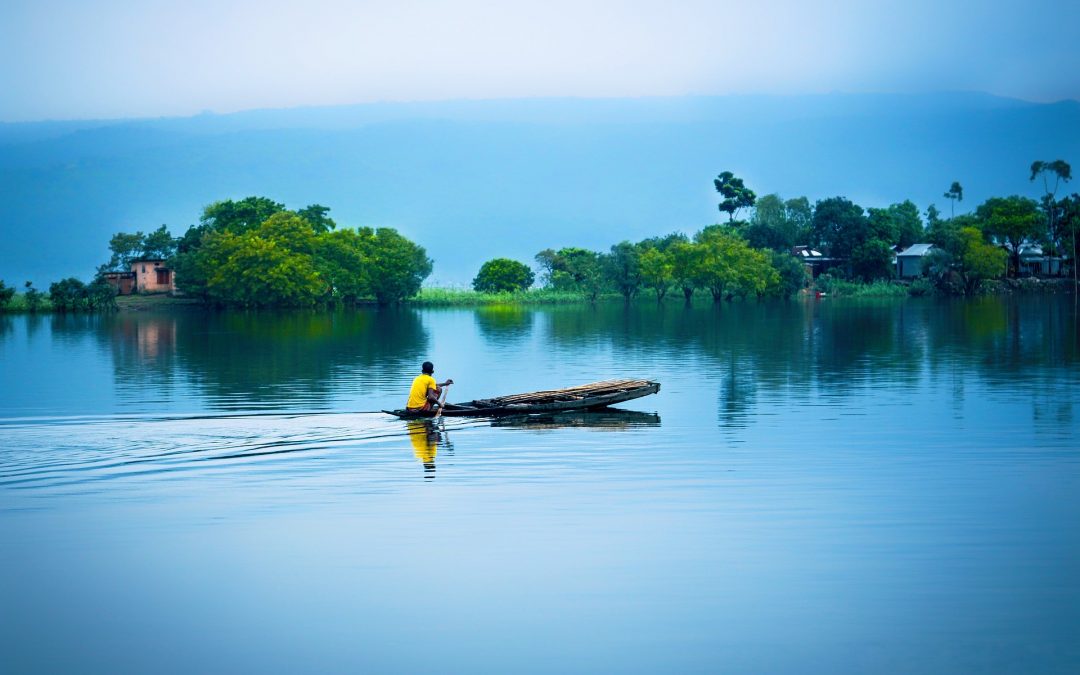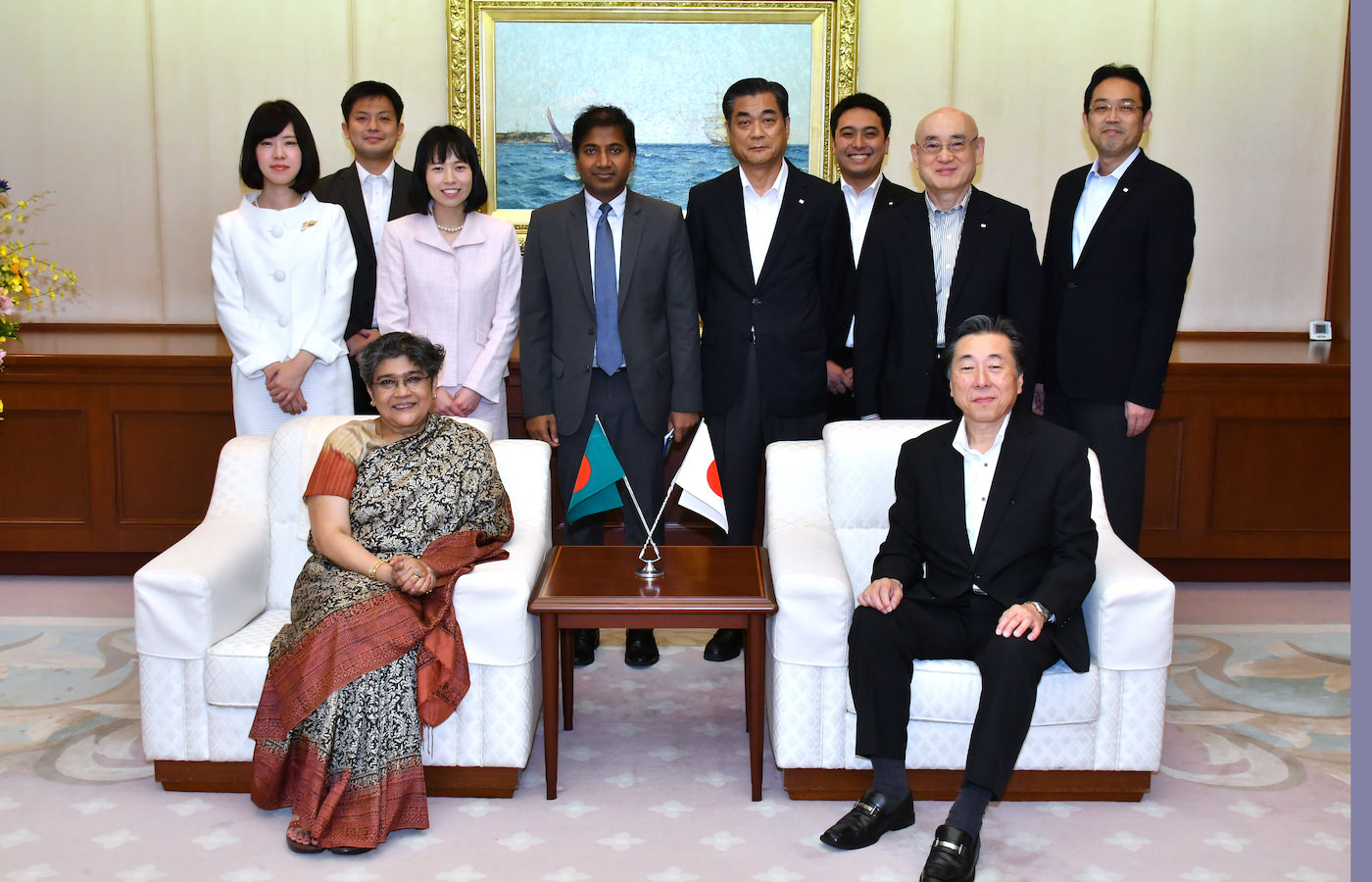Welcome to Min-On’s Music Journey! Today, the Min-On Concert Association and the Embassy of the People’s Republic of Bangladesh in Japan welcome you to Bangladesh, located in the east of the Indian peninsula over the Bay of Bengal.
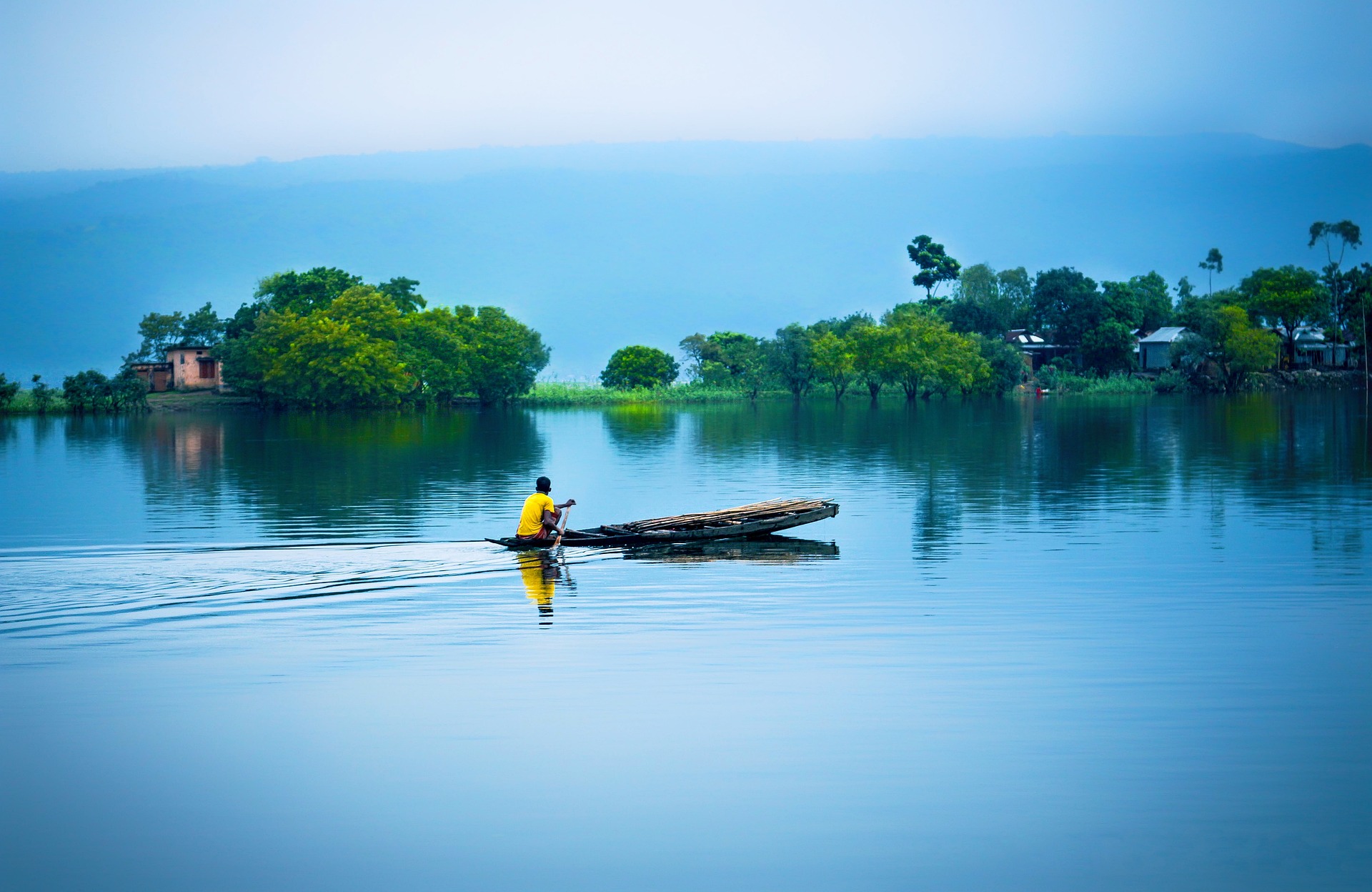
| Travel guide for Bangladesh:
・Enjoy a cruise on a charter boat in the Sundarbans mangrove forest ・Travel through the bustling city of Dhaka on the Dhaka Metro ・Listen to the melodies of Baul, traditional folk music that prevails in modern times |
Bangladesh is located in the Bengal region in the Indian sub-continent, blessed by fertile soil at the lower end of the Ganges River. This region has developed as a part of the Indian cultural diaspora since ancient times. Here, the culture of Bengalis still a part of everyday life, and the name Bangladesh means “a country of Bengali people.”
With the Bay of Bengal that opens to the Indian ocean and a land crisscrossed by countless rivers, Bangladesh is a country that has an abundance of nature. Let’s start by experiencing the magnificent natural scenery that Bangladesh is famous for.
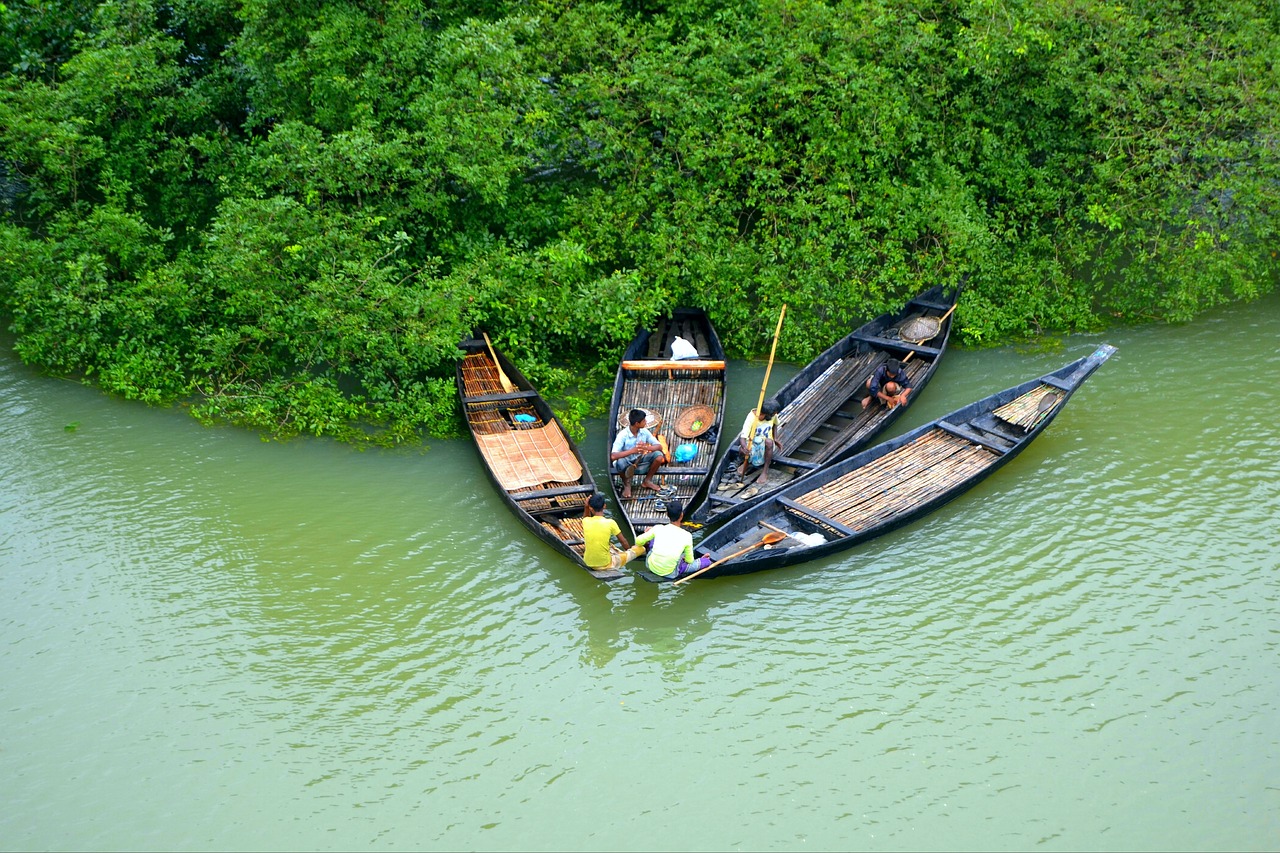
The world’s largest natural mangrove forest, the Sundarbans
The Sundarbans is the largest mangrove forest in the world, which is a World Heritage Site for its extra-ordinary vegetation and diverse ecological balance. Sundarbans National Park, Sundarbans West, Sundarbans South, and Sundarbans East Wildlife Sanctuaries are the four protected areas in the Sundarbans that are classified as UNESCO World Heritage Sites. The Sundarbans mangrove forest spans around 10,000 sq km (3,900 sq mi). Within this, woods span over 6,017 sq km (2,323 sq mi) in Bangladesh’s Khulna Division and over 4,260 sq km (1,640 sq mi) in West Bengal of India.
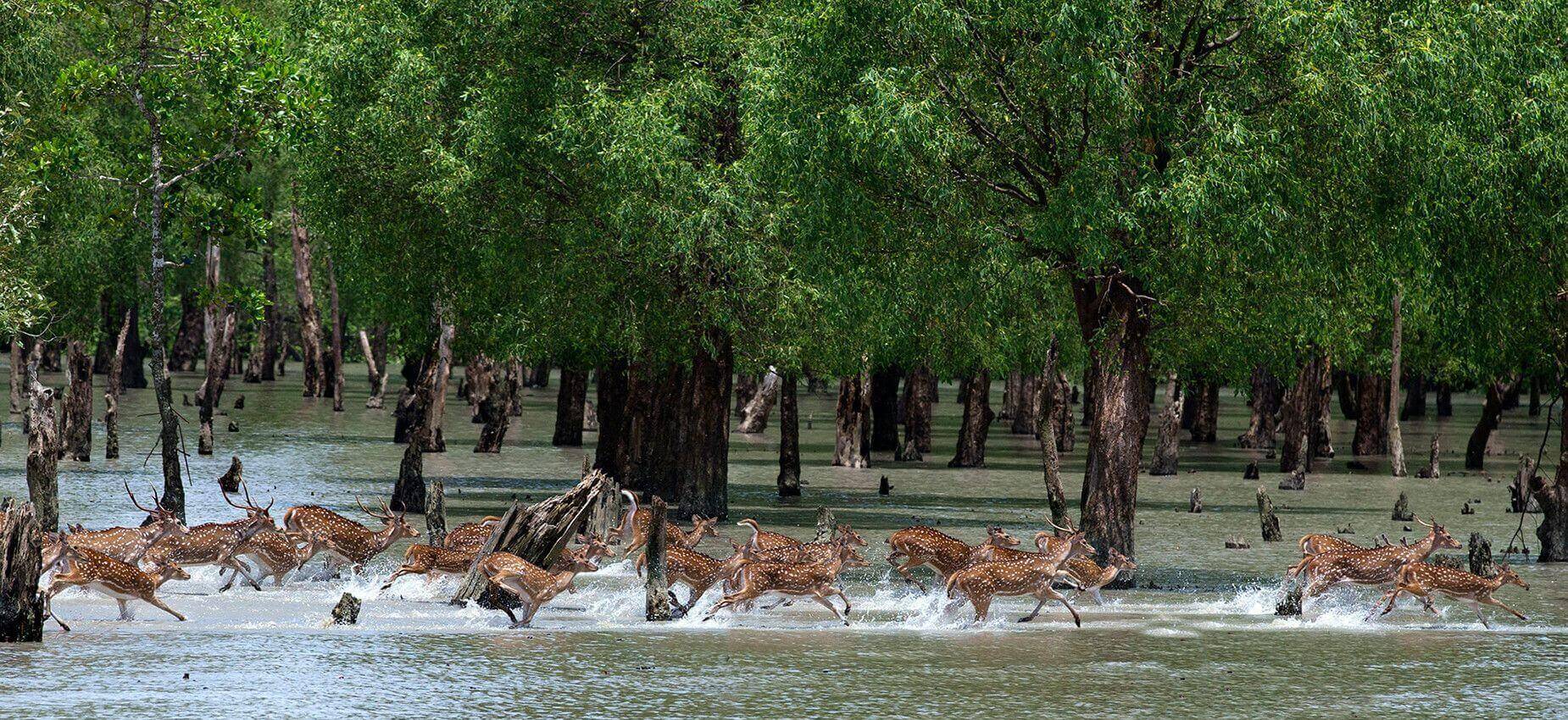
This area is a veritable “cradle of life” with more than 240 species of diverse wildlife protected by the vast forest of trees with strong roots. Chartered boat cruises that weave through this forest are a popular activity that allow visitors to experience the vibrant energy of nature in the Sundarbans up close and in person.
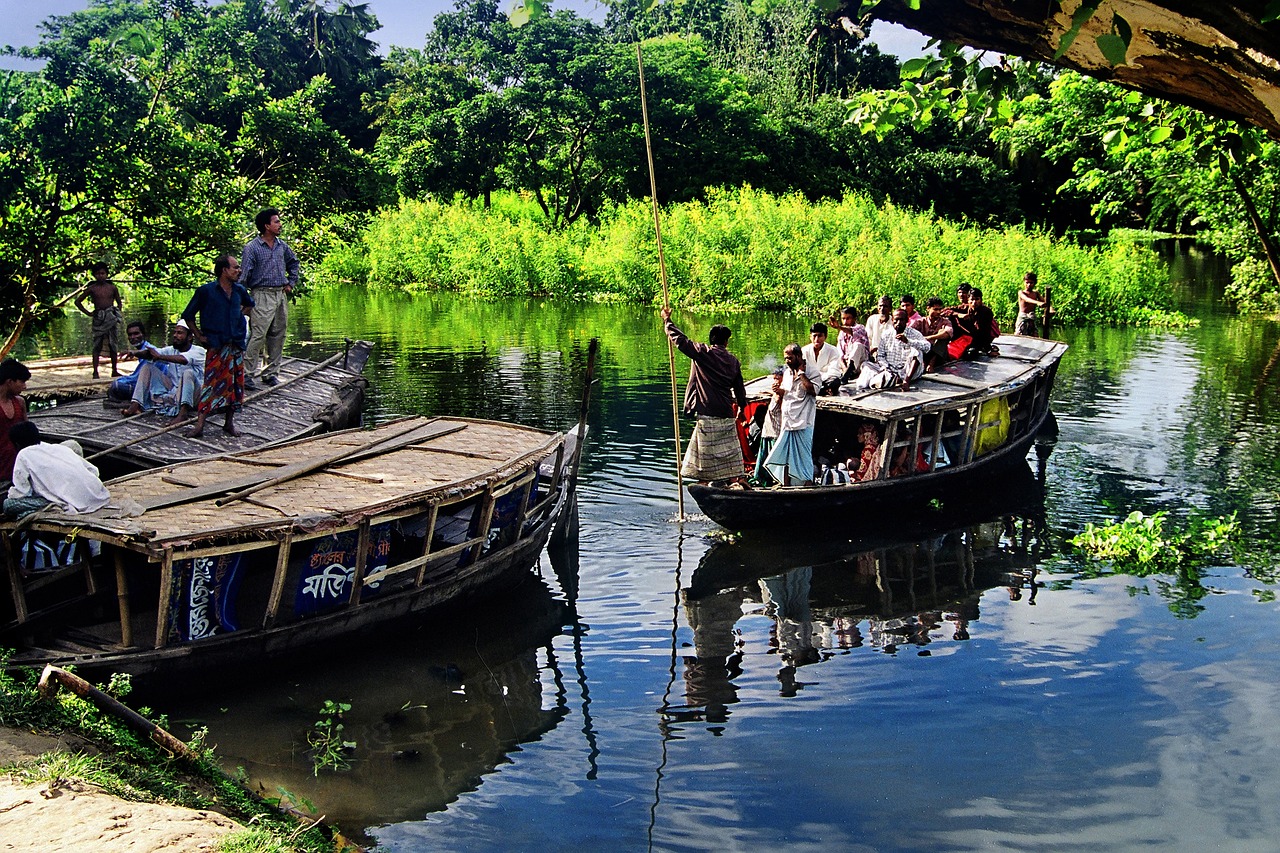
The longest beach in the world, Cox’s Bazar
Cox’s Bazar on the southern coast of Bangladesh is the longest unbroken natural beach in the world (125km). This is a special place known for beautiful sunsets visible from the pristine beach overlooking the Bay of Bengal to the west.

From a maritime perspective, Bangladesh embraces the Bay of Bengal, while from a land perspective; it is situated between South Asia and South-East Asia. Due to the present movement in global economic power toward the Indo-Pacific Ocean area, Bangladesh has a rare chance to act as a hub and node in both regional and interregional affairs thanks to its advantageous geographic location in terms of trade, investment and tourism.
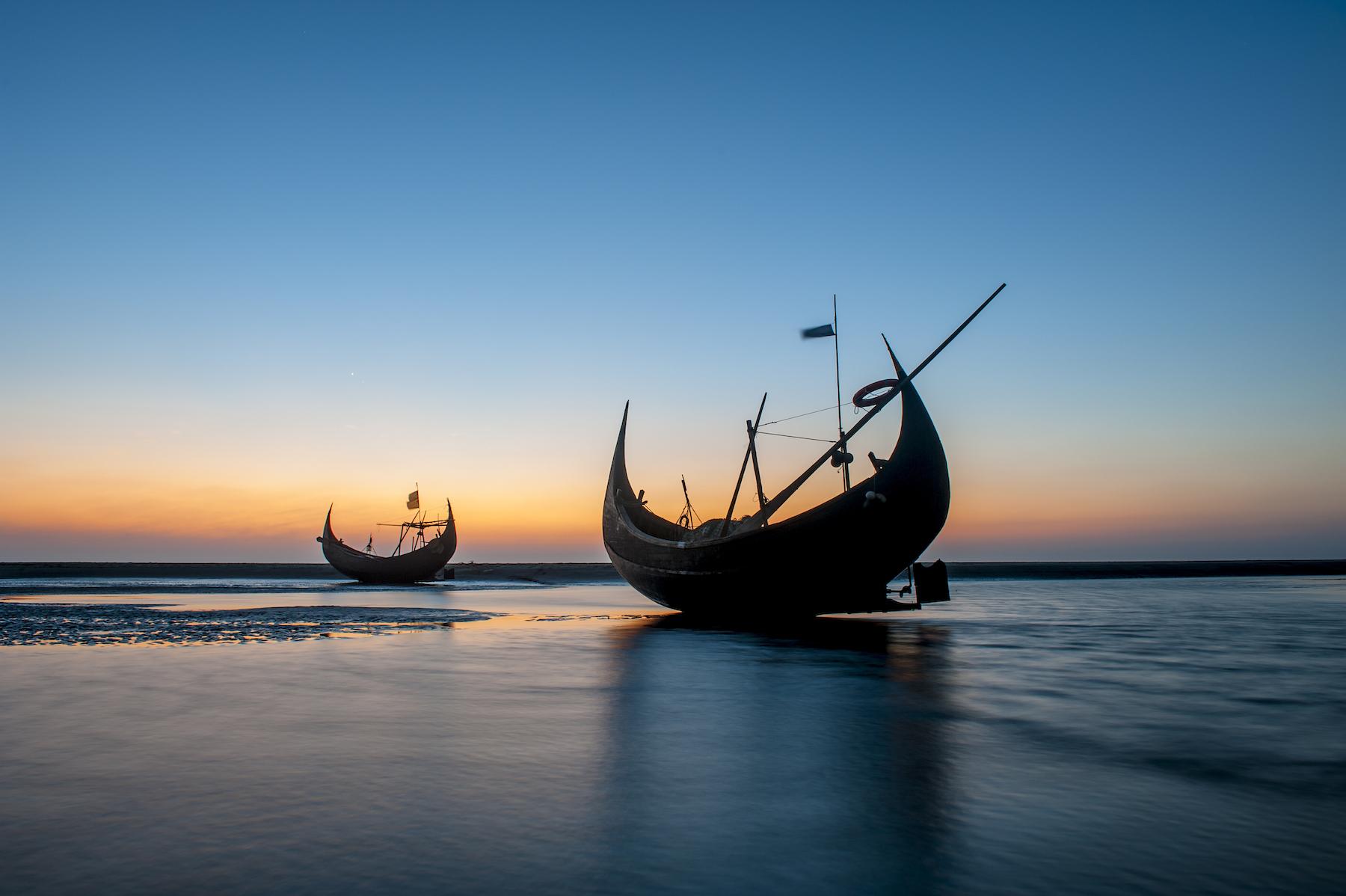
Tourism and connectivity are interlinked. Japan under its BIG-B initiative in Bangladesh aims to promote industrial agglomeration along the Dhaka-Chittagong-Cox’s Bazar region and beyond, by creating quality infrastructure, enhancing the investment climate and economic activities, and promoting connectivity. The plan envisions Bangladesh transcending its national borders to become a regional economic and connectivity hub, serving as a gateway for both South Asia and South-East Asia to greater regional integration, allowing her to reshape herself as a sparkling trading nation deeply integrated into interregional and global value chains. This effort aims to generate reciprocal advantages and prosperity for both nations, Japan and Bangladesh, by making the most use of Japan’s leading technology and socioeconomic development experiences.
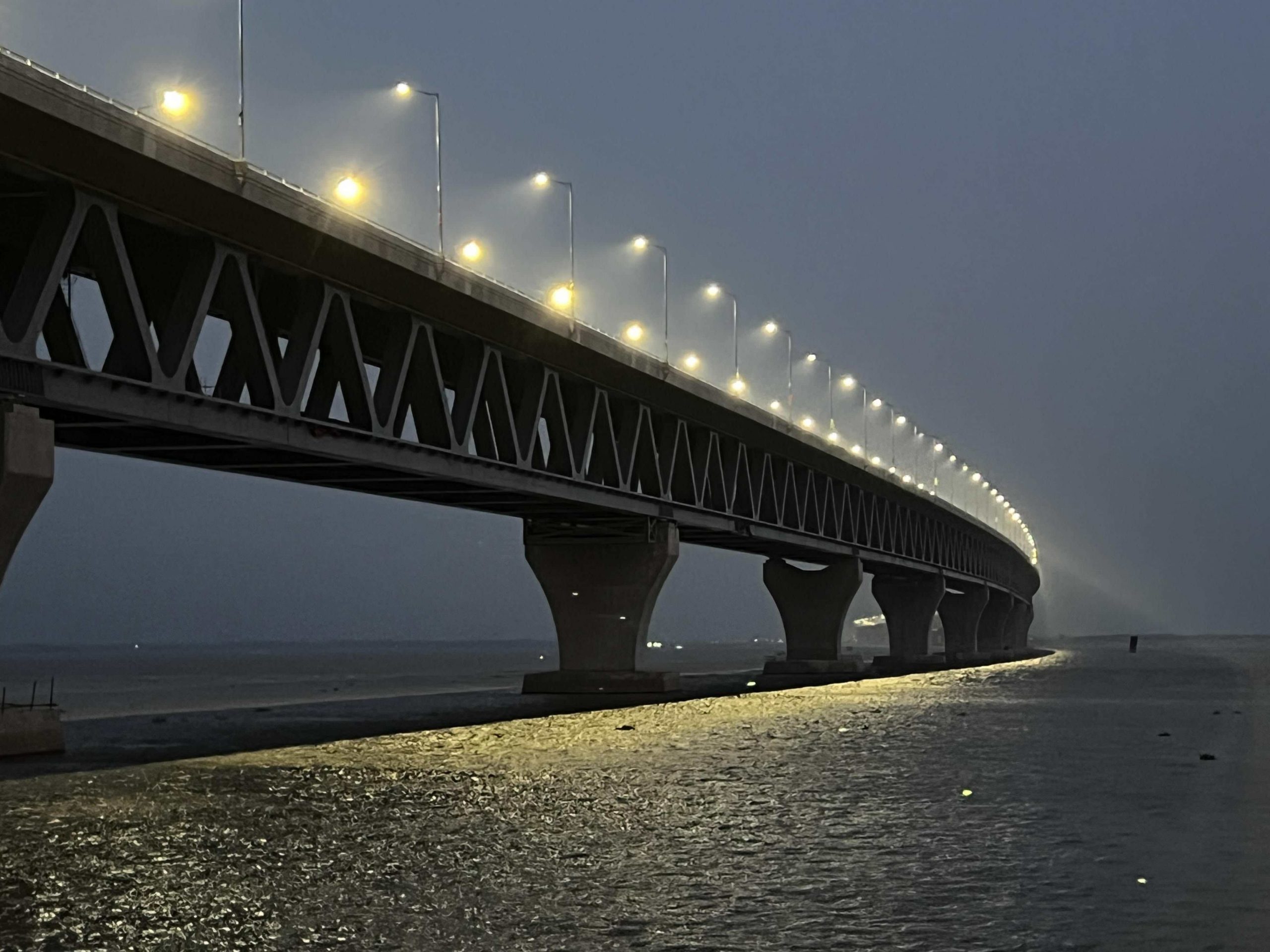
The direct route between Dhaka and Tokyo was reinstated on September 1, 2023 by Biman Bangladesh Airlines. Biman’s direct connection to Japan and inauguration of the 3rd terminal of Hazrat Shahjalal International Airport in Dhaka. The Cox’s Bazar airport is also being developed as an international airport. All these will create new opportunities for Bangladesh and Japan to engage in trade, tourism, and cultural interactions.
The daily lives of people in Bangladesh
Bangladesh is home to around 170 million people, making it one of the most densely populated countries in the world. However, the country poses a huge young population that is providing a demographic dividend.
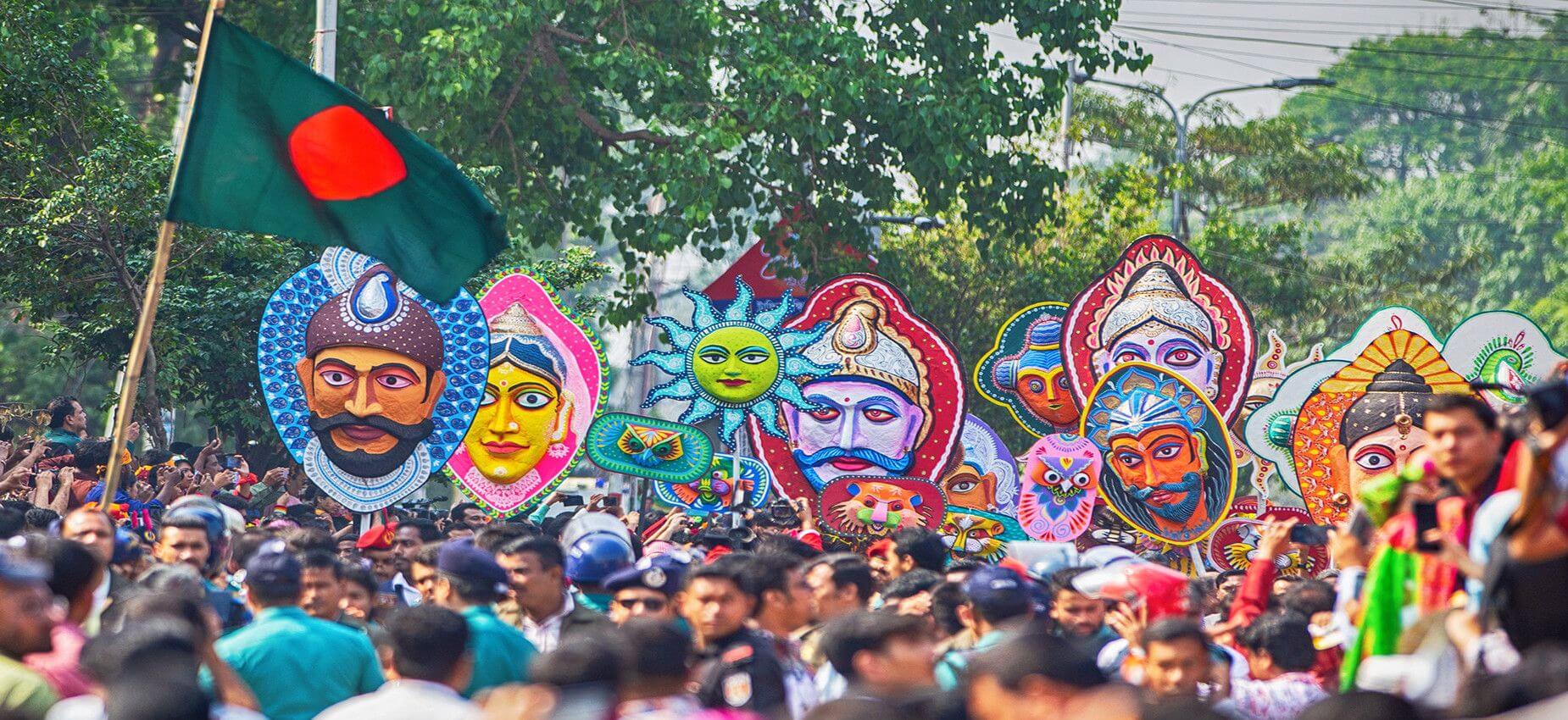
Let’s take a look at how the people live, centering around the capital city of Dhaka. Bangladesh is currently in a period of rapid economic growth. However, time is still required for the benefits of rapidly developing urban sectors to spread to rural areas. Given this economic growth, the people of Bangladesh tend to have a strong desire to work hard and support their families.
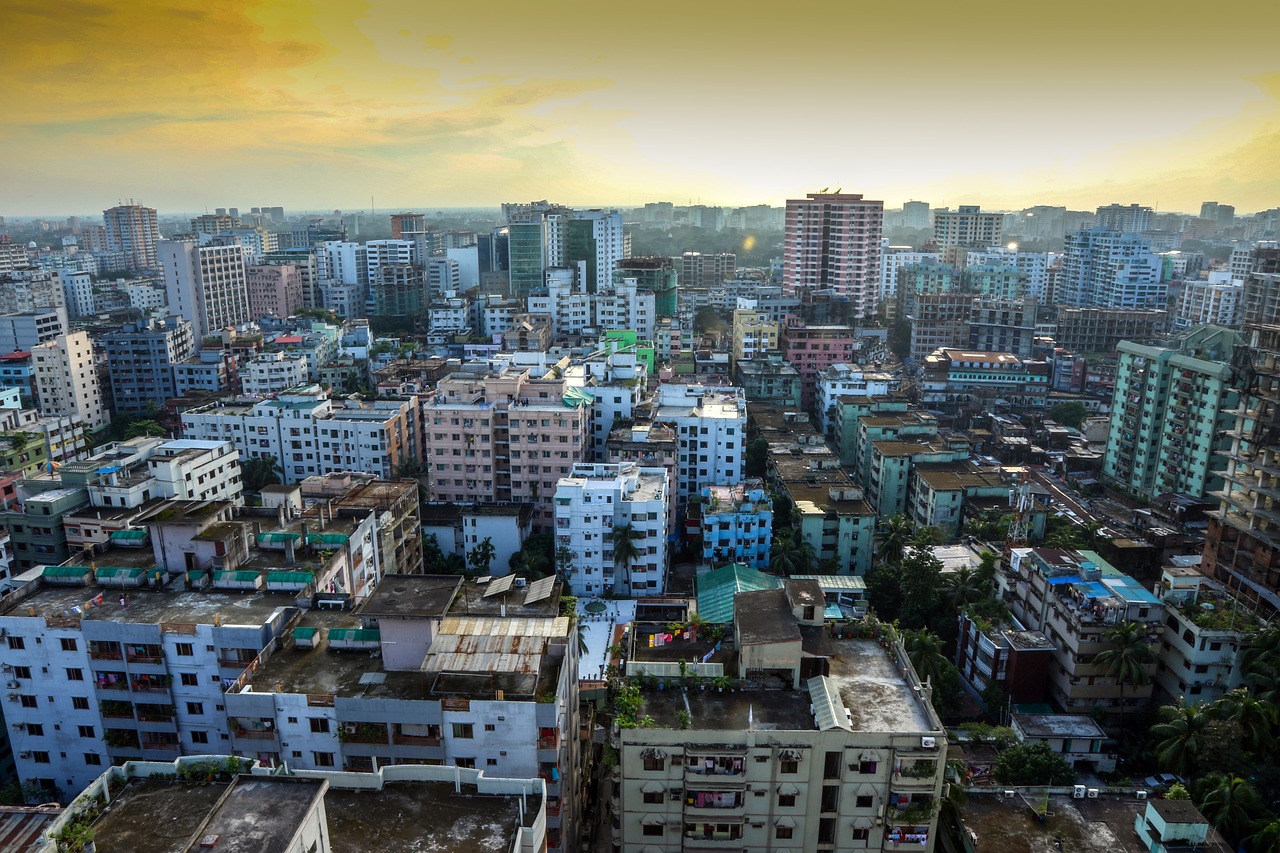
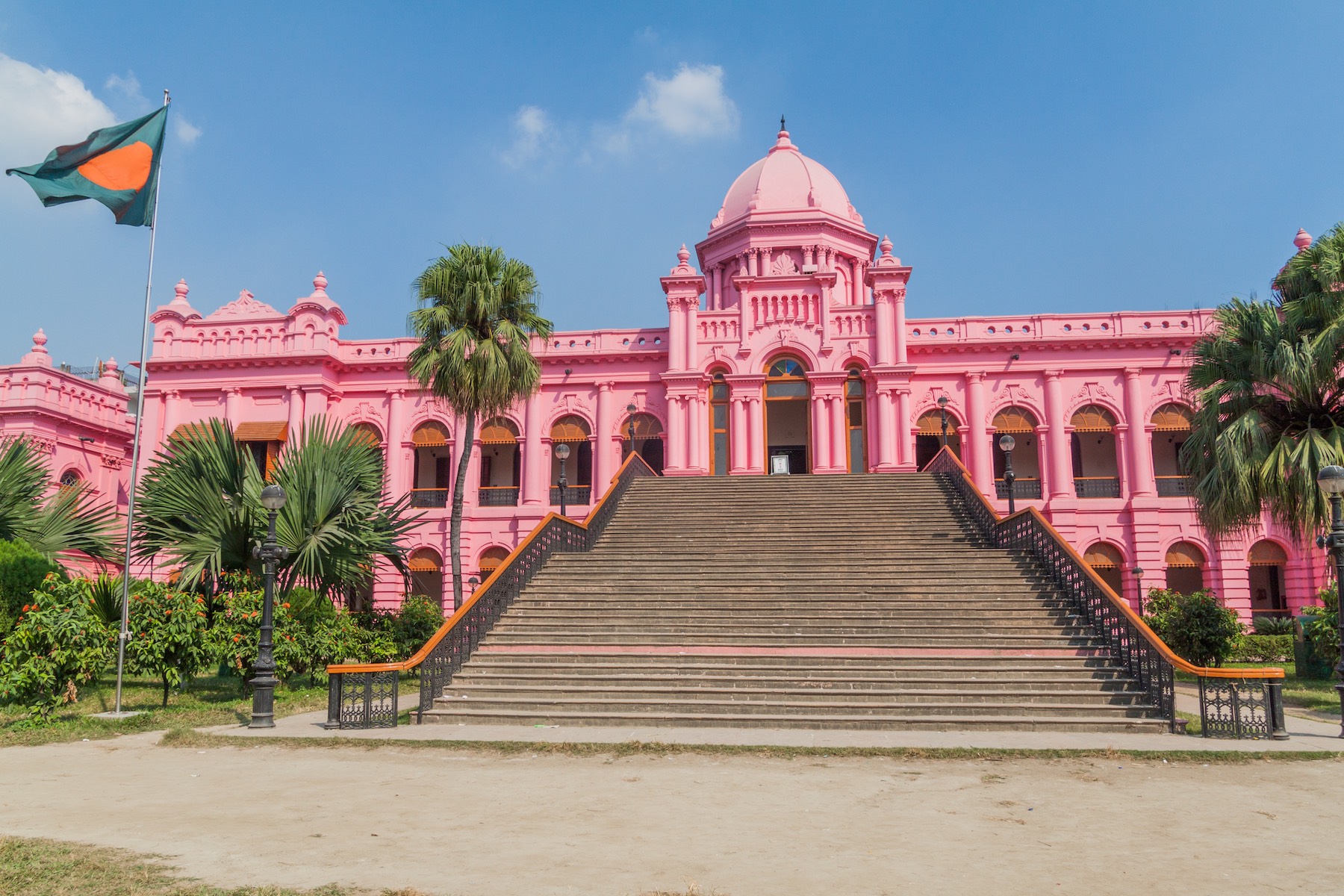
A bustling capital city, Dhaka
Dhaka is one of the most densely populated cities in the world that thrives as the country’s heart of politics, economics, culture and education. Riding a rickshaw (riksha) – inspired by the Japanese word jinrikisha – through the market and square is a great way to observe and absorb the positive energy from the vibrant local scene.
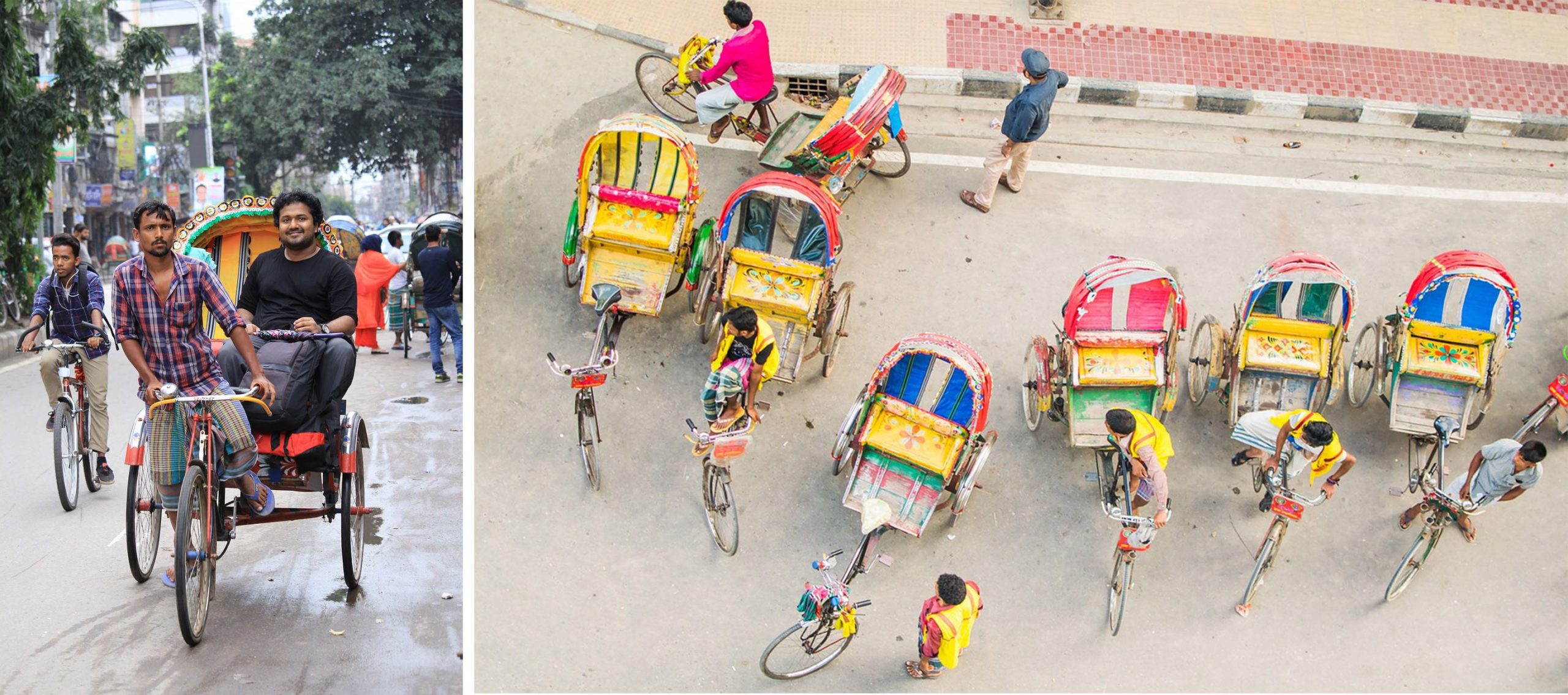
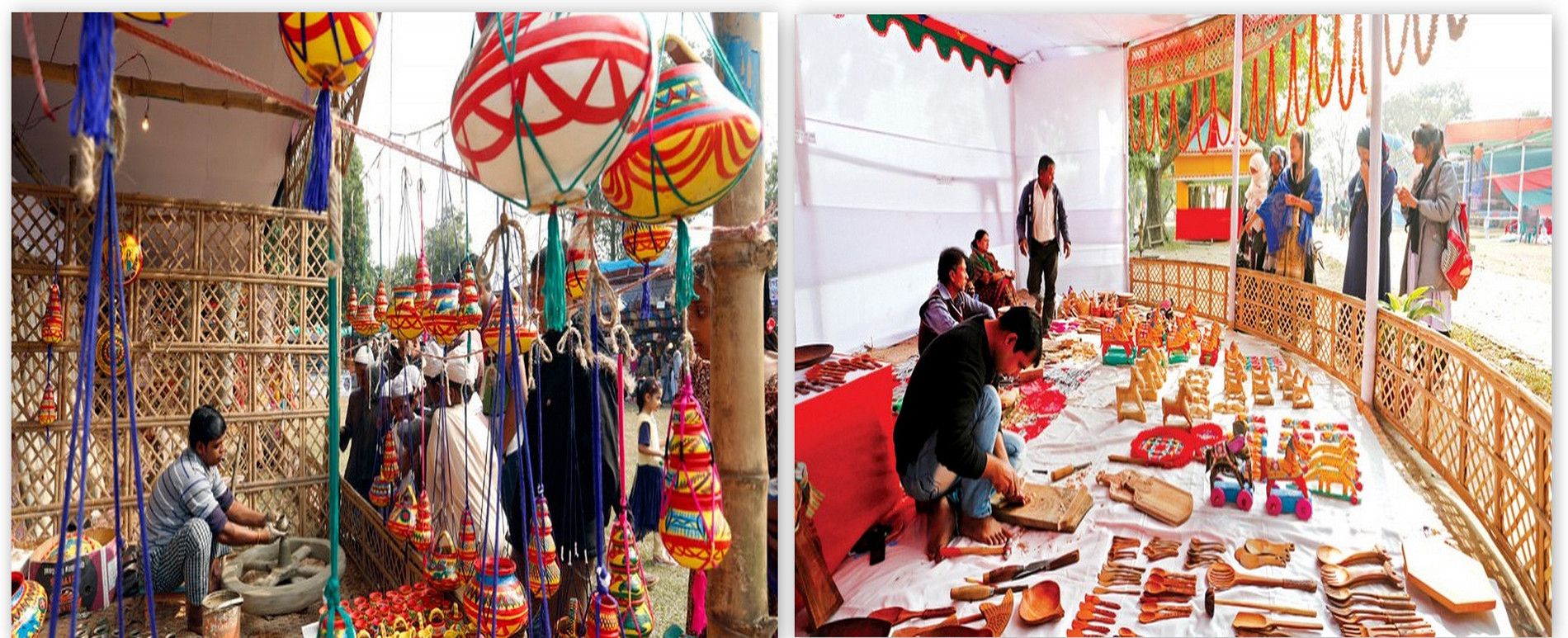
On the other hand, despite the large population that Dhaka supports, public transportation was nearly non-existent there in the past. This resulted in daily gridlocks that were a serious issue for residents. To solve this issue, the Dhaka Metro Rail was opened in 2022 with the financial and technical cooperation from the Japanese government, becoming the first urban rapid transit system in the country.
The transportation network based on Japanese railroad technology will continue to be an integral part of the city’s infrastructure as the country plans to build more lines by 2030 and support future economic development.
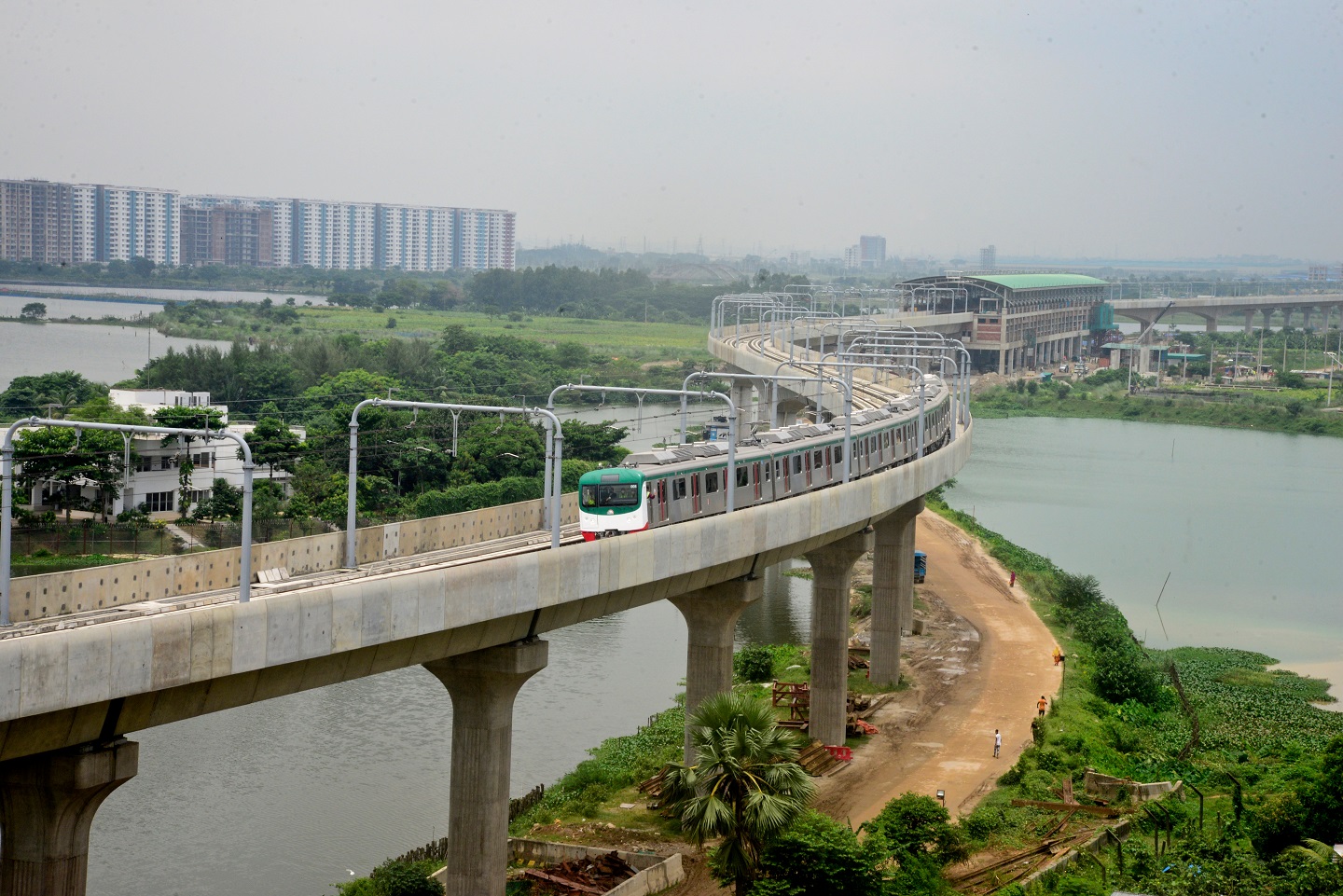
Mysterious Dhaka muslin cloth and Jamdani weaving
Dhaka muslin is a hand-spun cloth renowned for world-class quality, finesse and craftsmanship. The ultrafine thread produced by artisans is considered a technique that can never be reproduced, even with modern-day machines. Unfortunately, the techniques used to produce this fine cloth were lost during the 20th century due to the Industrial Revolution.
Jamdani weaving, which has been passed on and protected in the current day, continues to pursue the quality once achieved by Dhaka muslin. Jamdani weaving is characterized by floral patterns that are woven into ultra-thin cotton fabric with a delicate texture. The fabric is so thin that the floral patterns seem to float through the air. The traditional techniques and art of Jamdani weaving were registered as a UNESCO Intangible Cultural Heritage in 2013. In 2016, Bangladesh received geographical indication (GI) status for Jamdani Sari.
Rapidly evolving musical culture
Musical culture in Bangladesh continues to evolve in real time due to the prevalence of smartphones. While different musical genres are favored by the younger generation, contemporary Bengali music (a blend of traditional Bengali musical elements with modern culture) continues to be loved by people across all generations. Young musicians are doing fusion of traditional Bengali song and music using both traditional and modern musical instruments and technology.
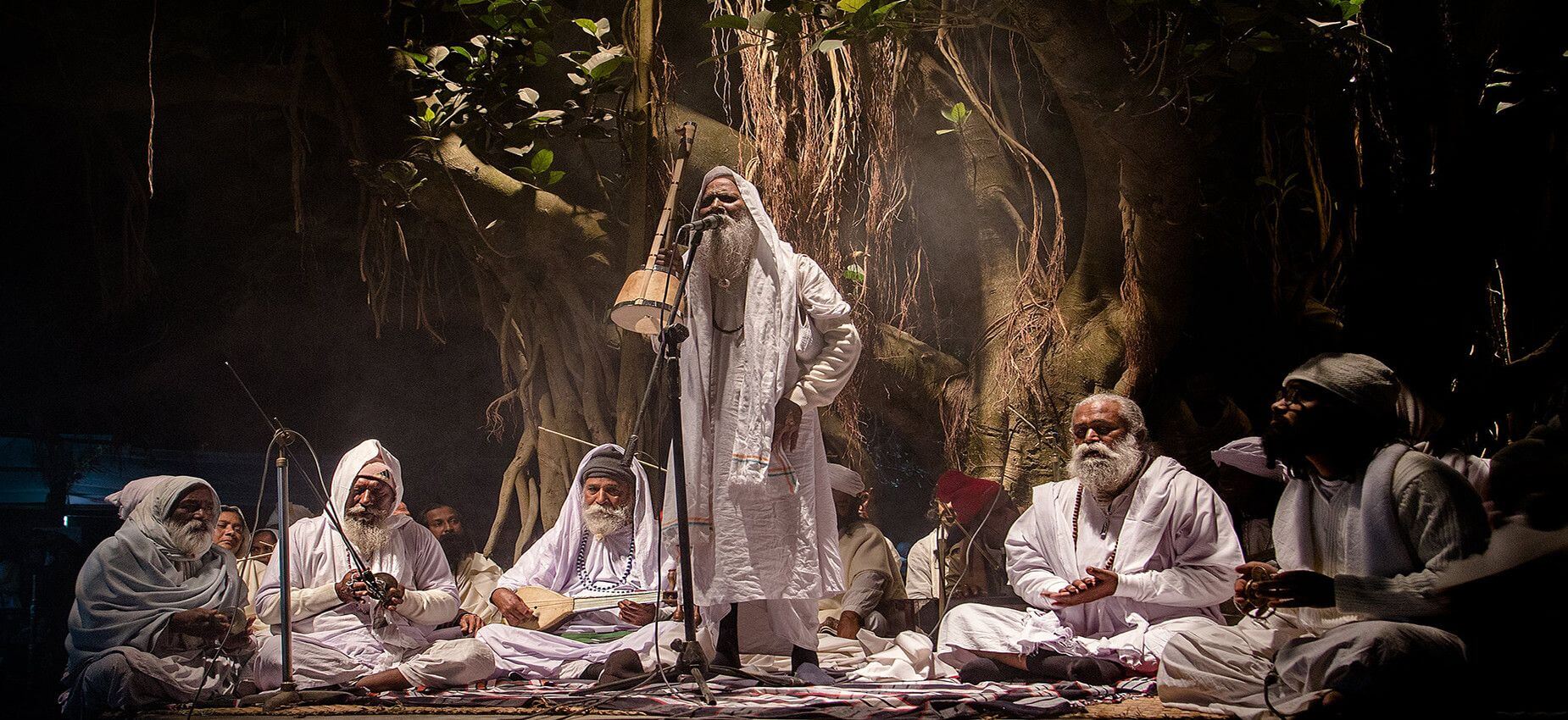
In the process they keep alive the traditional music and its influence on the modern era music, which is a unique characteristic of Bangladesh’s musical culture. One example is the continued popularity of Baul music, which has been sung by minstrels since ancient times. In Baul music, the Ektara, a traditional single-stringed instrument, is used to play the bass notes that support the melody. There is other forms like Lalon song, Bhatiali song that enriched the hundreds of years of musical culture of Bangladesh.
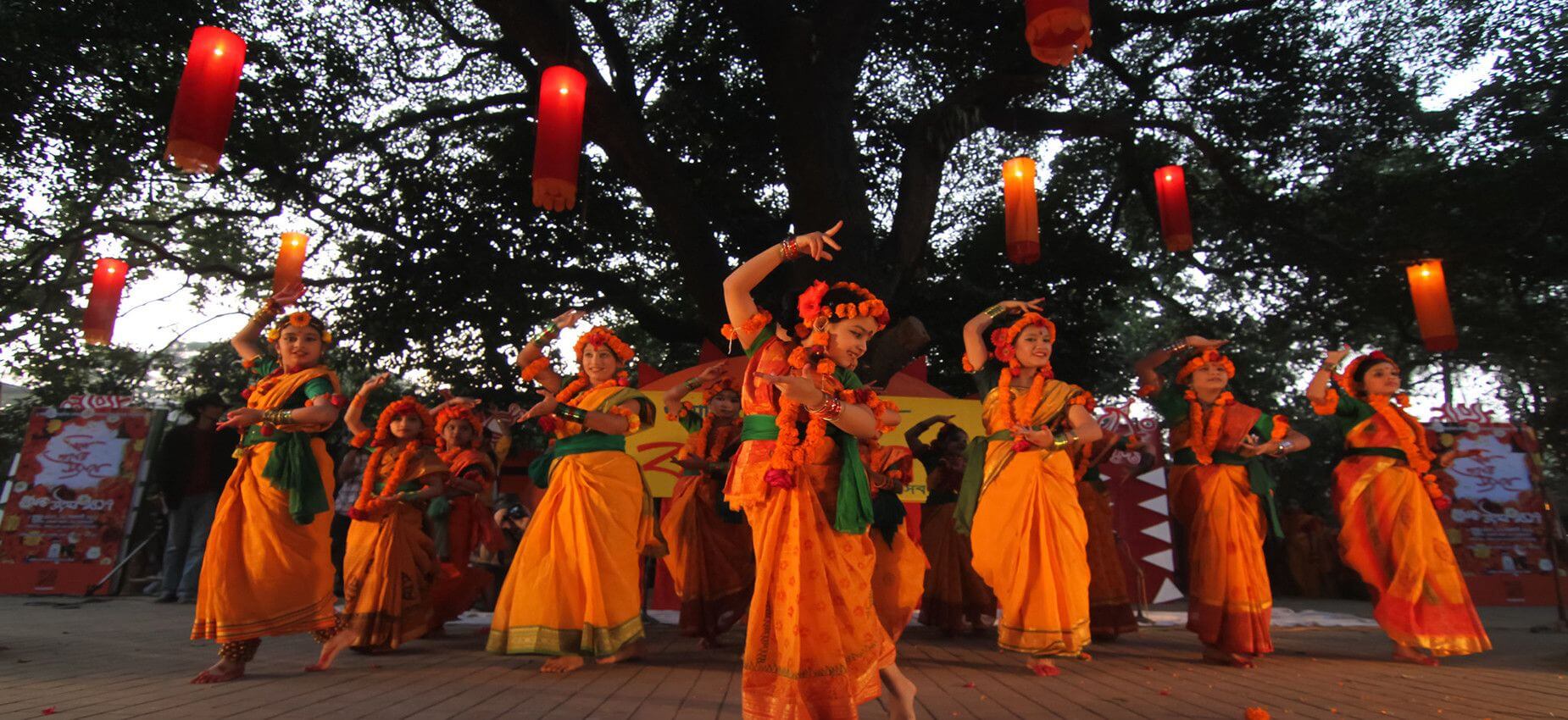
Numerous other stringed instruments exist in Bangladesh, and the following instruments can be found in the Min-On Music Museum’s collection.
| Gimbri | A one-string bowed instrument with a body made from a small unglazed pot |
| Sarinda | A three-stringed bowed instrument with a hollow wooden body covered with leather |
Min-On has invited the Bangladesh Dance and Music Group, a group of renowned Bangladeshi dancers and musicians, to perform in Japan in 1981. The dance program included “Manipuri,” a classical dance from the Indian subcontinent, “Fisherman Dance,” which depicts the hopes and sorrows of fishermen in Bangladesh – which is also known as “the country of rivers” – and “Jhankar,” which expresses the liveliness and passionate joy of the people.
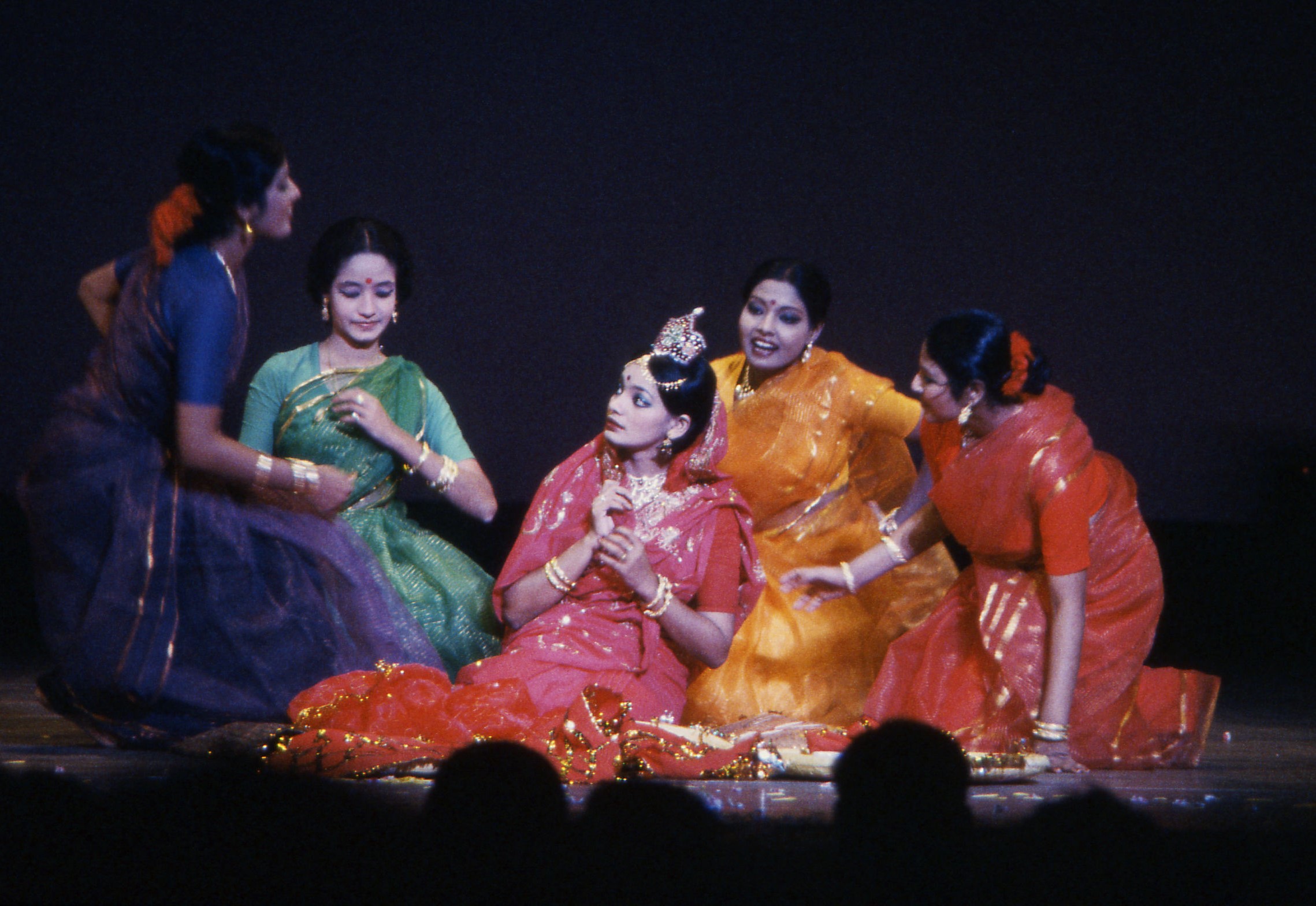
Musicians recommended by the Embassy of the People’s Republic of Bangladesh in Japan
In closing, we would like to introduce musicians recommended by the Embassy of the People’s Republic of Bangladesh in Japan
1. Milon hobe koto dine-Farida Parveen
2. Aage ki shundor din kataitam
Lyrics and composition: Baul Shah Abdul Karim
Singer: Kuddus Boiaty
3. Naya Daman -Muza
4. Dhono Dhanno Pushpe vora
Lyrics and composition: Dwijendralal Roy
Artist: Chorus
5. Purbo Digonte Shurjo Utheche
Lyrics: Govinda Halder
Composition: Samar Das
Singers: Kishor, Liza, Muhin, Apu, Shorolipi, Nandita
What did you think of your music journey to Bangladesh? There are still many more places to go! Please look forward to our next destination.
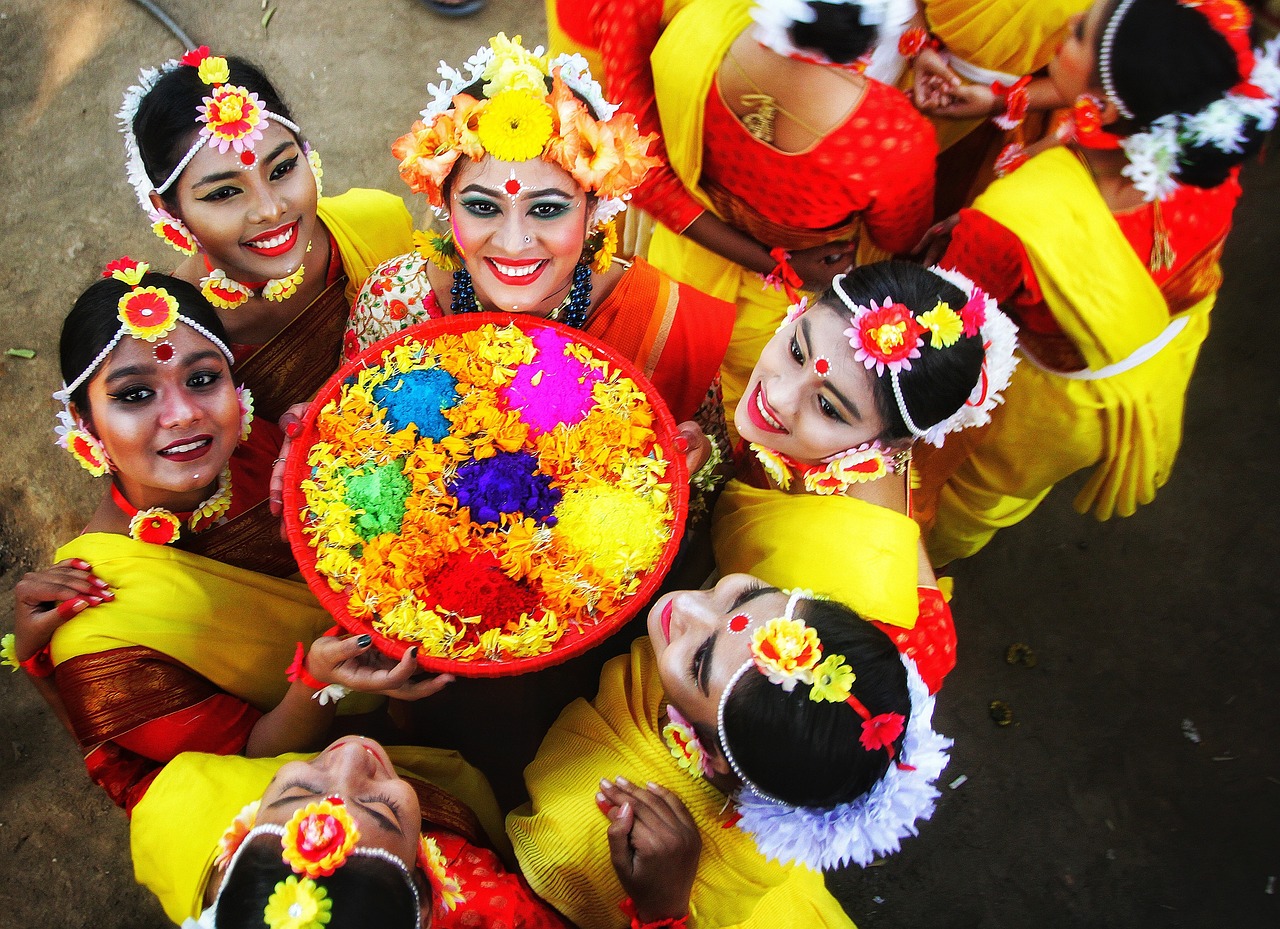
(Produced in collaboration with the Embassy of the People’s Republic of Bangladesh in Japan, who also provided photos.)
Min-On Concert Association
-Music Binds Our Hearts-


